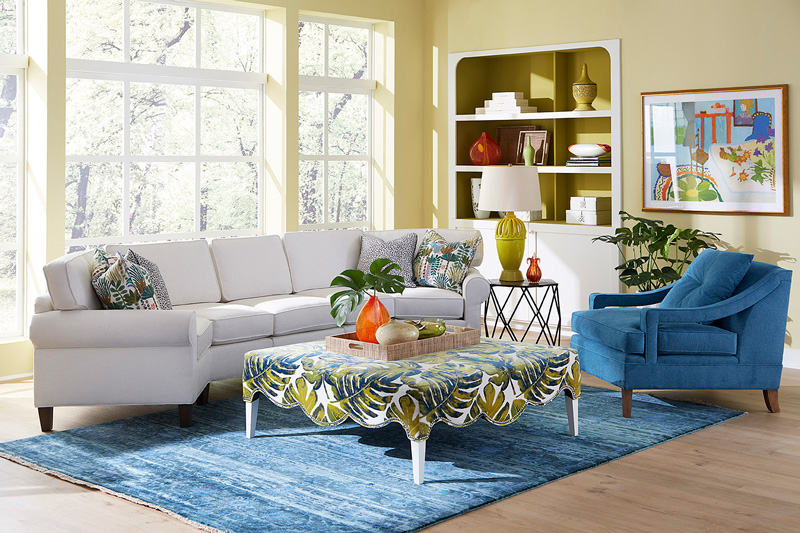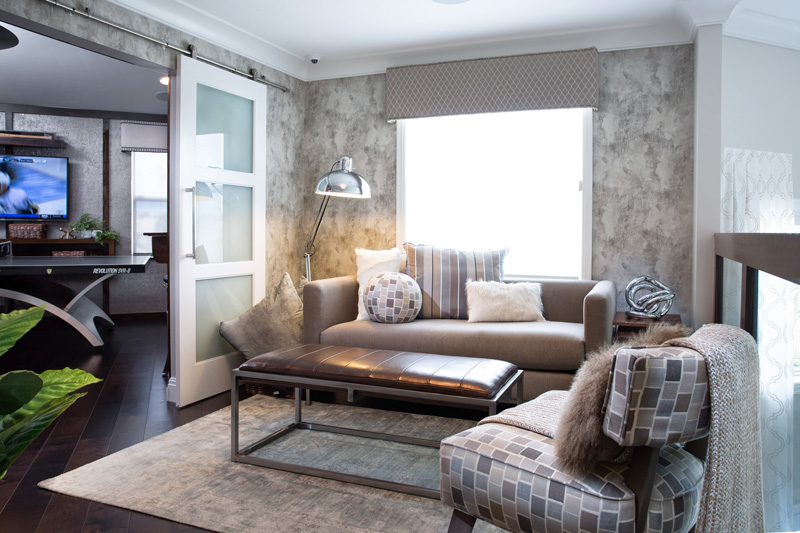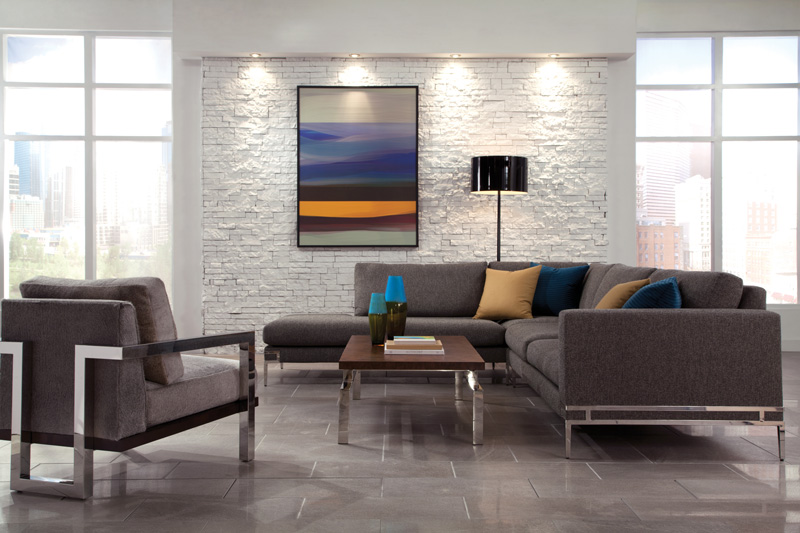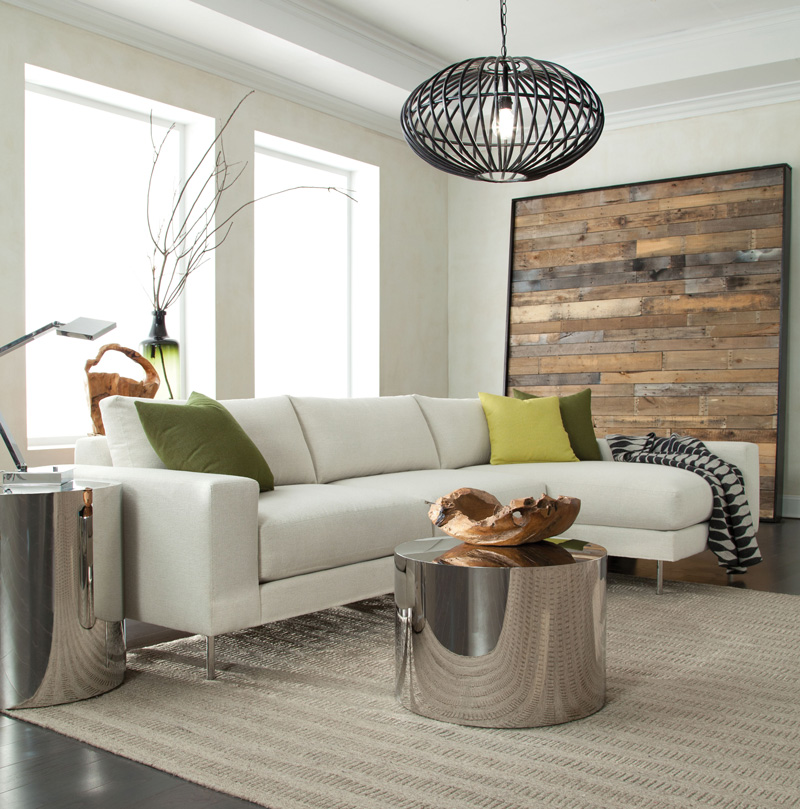Blog
Types of Lighting and When to Use Them
Take a moment to think about the lighting in your home: Does each room have a sufficient amount of light to perform whichever tasks are intended for that space? Is there a particular room that feels cold and uninviting compared to the rest?
Your answers will provide a better understanding of whether or not your home is equipped with the appropriate type of lighting for each space. What you have in your kitchen will be different from what’s in your living room, and so on.
But how do you know which type of lighting to choose?
Jo-Anne Lucas, a Design Consultant in our Middleton showroom, covered the 3 different types of lighting to know about when designing your home. Let’s take a look!
The 3 types of lighting
General lighting

Simply put: General lighting (also known as ambient lighting) illuminates an entire space, whether it’s outside light coming in during the day or recessed lighting that’s installed from the ceiling. A chandelier may act as a room’s general source of lighting with additional lamps and fixtures that you can use based on the mood you want to set or what you need them for.
*Note: We recommend consulting with your contractor or a licensed electrician to help decide on your home’s general lighting and how many lights you’ll need (if applicable) as well as installation.
Task lighting

As its name implies, task lighting is used to perform a certain task. For example, you can install strip lights underneath your kitchen cabinets to use when you’re cooking or cleaning your countertops. If you have a home office, task lighting would make sense so you’re not straining your eyes from relying on your computer screen.
Accent lighting

Jo-Anne described accent lighting as “the earrings of the outfit” because it’s often used to highlight something specific in a room. Picture lights, for example, shine directly onto a piece of artwork or a photograph hanging on the wall. Another example of when to use accent lighting is if you have a china cabinet and want to highlight any family heirlooms or collectibles that are on display.
Twinkle lights during the holiday season are another great example of accent lighting. If you’re like us, then passing someone’s house with lights decorating the windows gives you that warm and fuzzy feeling. Why not try and emulate that same feeling throughout your home?
Why it’s important to think about the different types of lighting
As you’re going through the design process, you want to know which of the above types of lighting - general, task, or accent - you should use in each room of your home. When making these decisions, think about mood, size, and function.
Mood
Knowing what sort of mood you’d like to create will help dictate the ambient lighting in your home. Think about this: Have you ever walked into a room that felt cold and uninviting? It’s possible there wasn’t enough light to help you feel comfortable and welcome.
Jo-Anne explained this in terms of north-facing and south-facing spaces. North-facing means the room tends to feel cool. If this sort of environment affects your mood, then you may need warm light or more overhead lighting. Southern exposure is the opposite. For example, your dining room may be the brightest room in the house because it receives a ton of natural light every day.
Size
The size of the room you’re designing will influence how many lights you’ll need. This is especially important in the kitchen to ensure the space is illuminated enough while you’re cooking. You may need to connect with a lighting professional who can advise you on how many lights you’re going to need in a certain room depending on its size.
Function
Knowing the function of each space in your home will help dictate what sort of task or accent lighting you’re going to need. If you enjoy curling up on your favorite end of the couch with a book, table and floor lamps will ensure you have plenty of light for reading. Or as we previously mentioned, a home office may need a desk lamp in addition to overhead lighting so you’re not straining your eyes, especially if you work into the evenings after the sun goes down.
Choose the appropriate type of lighting for your home

Illuminating your home with the proper type of lighting can make a huge difference in how you feel and function. If you want help figuring out which type of lighting you need, reach out to one of our Design Consultants or stop by any of our showrooms!
Author:


